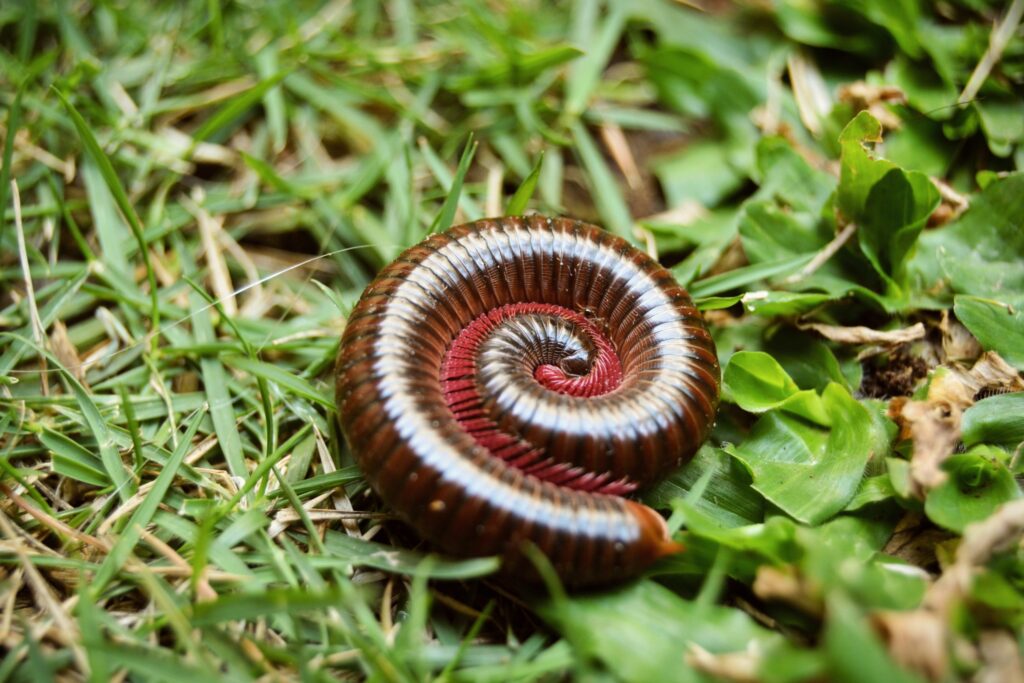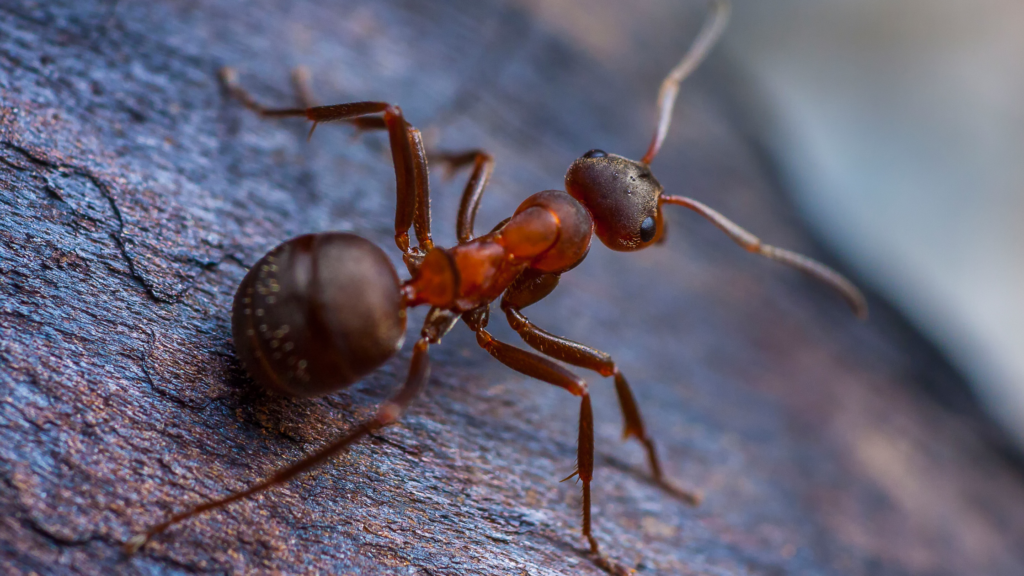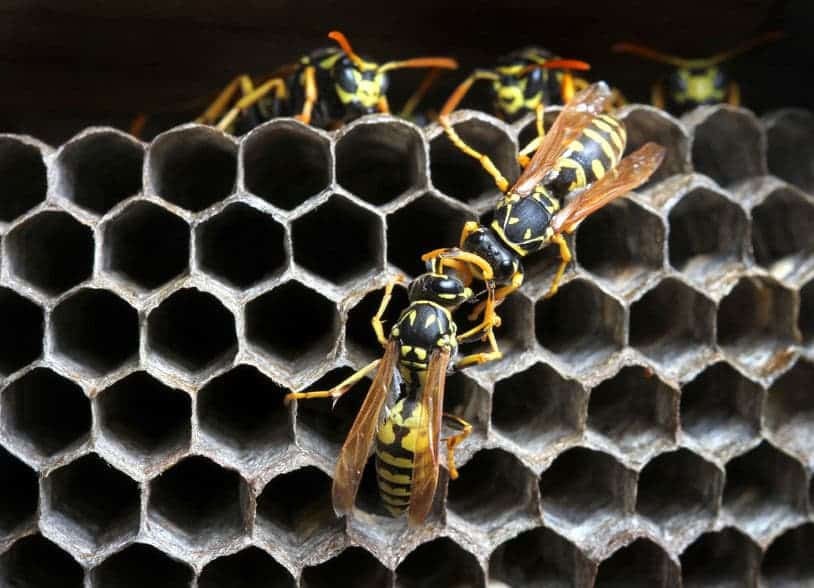
Millipedes are sometimes referred to as 1,000-legged worms; however, millipedes, and centipedes for that matter, are not actually insects. They are arthropods. Interestingly enough, various shellfish such as lobsters, are closer in relation to millipedes and centipedes than most insects. And we have another fun fact! There are over 1,000 species of millipedes in the U.S.
Millipedes prefer moist areas or high-humidity locations which makes Florida a great place for these pests to live. They have rounded heads and body segments, with each segment having one pair of legs. Their antennae are typically much shorter than those of a centipede. Millipedes will curl up in a defensive position to protect their legs and more vulnerable underbellies if a predator is present.
Often referred to as scavengers, millipedes mostly eat dead vegetation such as leaves and stems, though they will also eat live plants and roots from time to time. It is possible for millipedes to damage the plants you have in and around your home by feeding on them.
While millipedes are not poisonous, many species of millipedes have fluid-producing glands that may result in an allergic reaction in some people. This defensive spray of fluids can contain hydrochloric acid, which could cause skin discoloration and irritation. As such, it is not recommended to hold millipedes with your bare hands.
Aside from the more urgent health risks, they also will leave an unpleasant odor on your hands. If you come into contact with a millipede, we recommend thoroughly washing your hands with warm water and anti-bacterial soap for 20 seconds or more. Alcohol-based cleansers should also help to remove the fluids. It is best to wash your hands until the smell left behind by the millipede is no longer present.
Millipedes can easily climb flat, vertical surfaces – such as walls. Oftentimes, they will enter a home through cracks in the foundation. It is possible that millipedes will migrate in groups, though this typically is only prompted by heavy rain or the onset of chilly weather. They tend to overwinter in warmer areas, which could make your home an appealing place to hide when temperatures begin to drop.
Usually, millipedes live in the soil, which is also where they will lay between 20 and 300 eggs during the spring. These eggs will take several weeks to hatch and once the young millipedes emerge, they will have no more than seven body segments. It will take between two and five years for them to be fully grown. The timeframe is dependent on the exact species of millipede.
If you find yourself with millipedes in your home, the first step is to remove hiding places that they could use. For example, rocks, trash, or leaf-brush piled near your home would be the perfect habitat for millipedes. From there, it could be easy for them to enter your home. To combat their attempts to come inside, we recommend filling any cracks around doors and windows, or other locations that could be more vulnerable. Any gaps above ground should be carefully addressed first. Additionally, try to reduce moisture levels by using a dehumidifier and checking for leaky pipes or faucets around your home.
In some cases, these preventative measures may not be enough. The good news is that proper application of pesticides should resolve the issue. If you are struggling with millipedes or any other pest, give us a call at 904-674-3785 to discuss the best solution for you and your family or business.
Written using information from the University of Florida IFAS Extension and feedback from our in-house entomologists.



